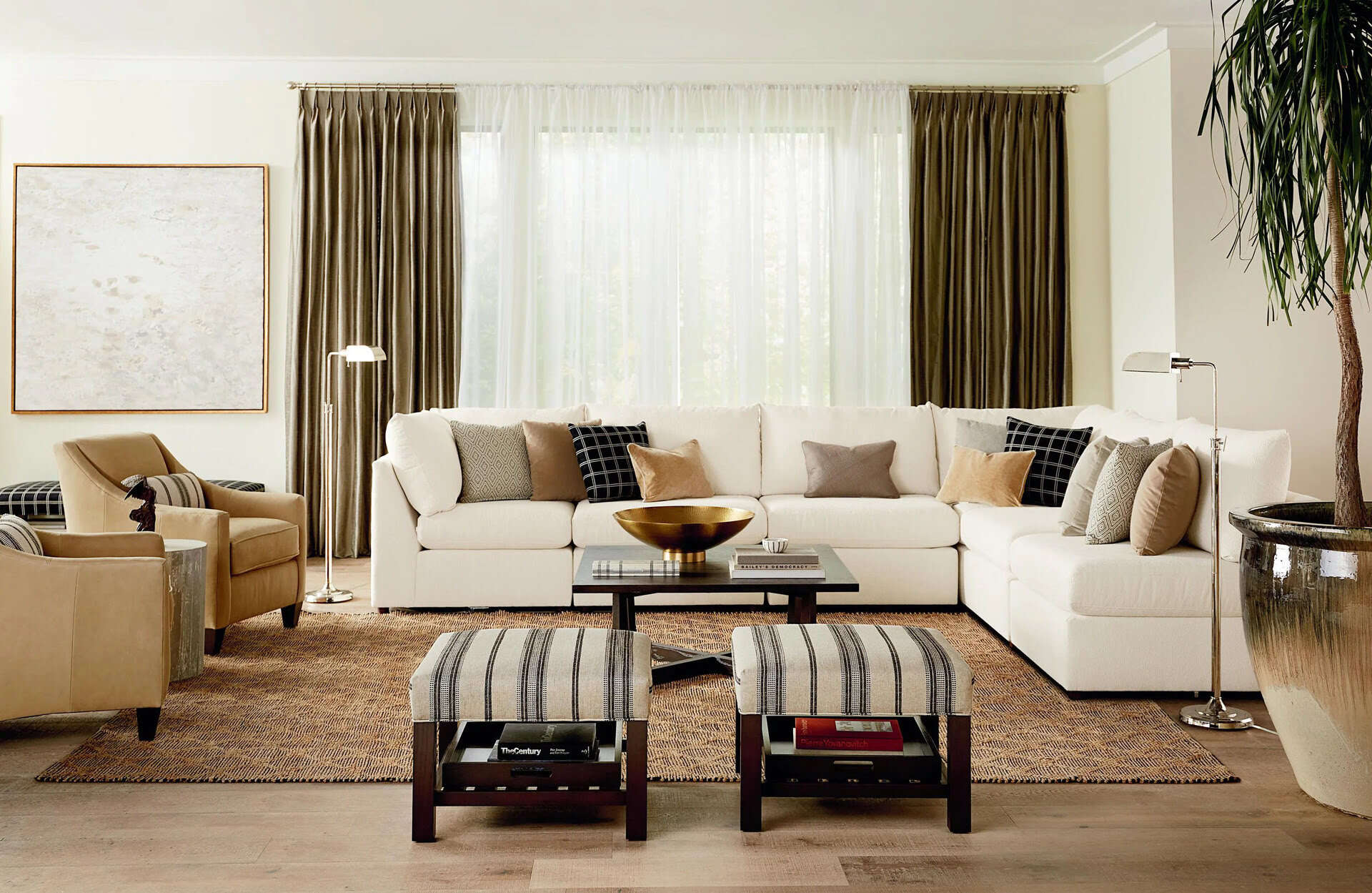

Articles
What Furniture Is Usually In A Living Room?
Modified: October 28, 2024
Explore our collection of articles to discover the essential furniture pieces commonly found in a living room, including sofas, coffee tables, and TV stands. Enhance your space with stylish and functional designs.
(Many of the links in this article redirect to a specific reviewed product. Your purchase of these products through affiliate links helps to generate commission for Storables.com, at no extra cost. Learn more)
Introduction
The living room is one of the most important spaces in a home. It’s where we relax, entertain guests, and spend quality time with our families. As the central hub of the house, the living room should be comfortable, functional, and aesthetically pleasing. One of the key elements in achieving this is selecting the right furniture for the space.
When it comes to furnishing a living room, there are certain pieces of furniture that are commonly found in this area. In this article, we will explore the essential furniture items that are typically found in a living room.
From the cozy sofa where we unwind after a long day to the stylish coffee table that holds our favorite books and drinks, let’s delve into the various furniture options that can transform a living room into a welcoming and inviting space.
Key Takeaways:
- The living room furniture, from the cozy sofa to the versatile ottoman, plays a crucial role in creating a functional and visually appealing space that reflects your personal style and enhances the overall atmosphere of the room.
- Carefully selecting and arranging furniture pieces, incorporating functional and stylish accessories, and paying attention to details can transform your living room into a comfortable and inviting space that truly reflects your personality and becomes the heart of your home.
Sofa
The sofa is undeniably the centerpiece of any living room. It’s where we gather with friends and family to relax, watch TV, or engage in conversation. When choosing a sofa, it’s essential to consider both comfort and style.
There are various types of sofas available, including sectional sofas, loveseats, and recliners. Sectional sofas are a popular choice for larger living rooms as they provide ample seating and can be customized to fit the space. Loveseats are a great option for smaller living rooms or as additional seating alongside a larger sofa. Recliners offer ultimate relaxation with built-in footrests and adjustable backrests.
In terms of style, sofas come in a wide range of designs and upholstery options. From classic leather sofas exuding elegance and durability to chic fabric sofas with a wide variety of colors and patterns, there’s a sofa to suit every taste and decor style.
When selecting a sofa, it’s important to consider the size and layout of your living room. You want to ensure the sofa fits comfortably without overwhelming the space or obstructing traffic flow. Additionally, consider the number of people who will be using the sofa regularly to determine the appropriate size and seating capacity.
Comfort should not be overlooked when choosing a sofa. Look for sofas with high-quality cushioning and support to ensure optimal comfort when sitting or lounging. The depth and height of the sofa should cater to your preferences and provide adequate back support.
Accessorizing the sofa with throw pillows and blankets can add a pop of color and texture to the space. These can be easily swapped out seasonally or to refresh the look of the living room.
Remember, the sofa is not only a functional piece of furniture but also a statement piece that contributes to the overall aesthetic of the living room. Choose a sofa that reflects your personal style and complements the rest of the room’s decor.
Coffee Table
The coffee table is a versatile and essential piece of furniture in the living room. It not only serves as a functional surface for placing drinks, books, and decorative items but also adds a touch of style and visual interest to the space.
When selecting a coffee table, consider the size and layout of your living room. You want to choose a coffee table that fits proportionally with the seating area. A general rule of thumb is to ensure that the height of the coffee table is level with or slightly lower than the seat height of your sofa or chairs for ease of use.
There are numerous coffee table styles to choose from, ranging from traditional to modern and everything in between. Wood coffee tables offer a timeless and warm aesthetic, while glass or metal coffee tables provide a contemporary and sleek look. Additionally, there are coffee tables with storage options such as drawers or shelving, allowing you to keep the living room clutter-free.
Consider the shape of the coffee table as well. Rectangular coffee tables are the most common and versatile, providing ample surface area for placing items. Round or oval coffee tables are great options for smaller living rooms or for creating a more intimate seating arrangement. Square coffee tables can lend a more modern and balanced feel to the room.
In terms of functionality, think about how you will use the coffee table. If you enjoy entertaining guests and often host gatherings, a larger coffee table with enough surface area for serving drinks and snacks may be ideal. If you prefer a more minimalist look, a smaller coffee table with less clutter may be preferred.
Accessorizing the coffee table can add personality and style to the living room. Consider placing a decorative tray or a stack of books to add visual interest. Add a vase of flowers or a potted plant to bring a touch of nature into the space. Don’t be afraid to mix and match textures and materials for a more eclectic look.
Remember, the coffee table is not only a functional piece but also a design element that ties the room together. Choose a coffee table that complements your overall decor style and serves your needs in terms of both style and functionality.
TV Stand
The TV stand is an essential piece of furniture in the living room, providing a sturdy and functional platform for your television. Not only does it elevate the TV to a comfortable viewing height, but it also serves as storage for media devices, game consoles, and other entertainment essentials.
When choosing a TV stand, consider the size and weight of your television. You want to ensure that the stand can support the TV securely and provide stability. Measure the width of your TV to find a stand that accommodates its size without overwhelming the space.
There are various styles and designs of TV stands available to suit different preferences and decor styles. From sleek and modern designs with clean lines to rustic and farmhouse-inspired stands with distressed finishes, there’s a TV stand to complement any living room aesthetic.
Consider the storage options of the TV stand. If you have multiple media devices such as a cable box, DVD player, or gaming consoles, look for a stand with shelves or compartments to neatly organize and hide the cables. Some TV stands also have built-in cable management systems to keep the cords organized and out of sight.
In addition to functionality, think about the additional storage needs you may have. If you have a collection of DVDs, Blu-rays, or video games, opt for a TV stand with drawers or cabinets to keep these items organized and easily accessible. Some TV stands also have open shelves to display decorative accents or store books and magazines.
Make sure that the height of the TV stand is appropriate for comfortable viewing. The TV should be positioned at eye level when seated, which is typically around the average eye level of seated viewers.
Accessorizing the TV stand can enhance the overall look of the living room. Consider adding a decorative accent piece or artwork above the TV to create a focal point. Incorporate small indoor plants or decorative objects on the shelves or surfaces of the TV stand to personalize the space.
Remember, the TV stand not only serves a functional purpose but also contributes to the overall design of the living room. Choose a TV stand that complements your decor style, provides adequate storage, and elevates your television viewing experience.
Armchairs
Armchairs are versatile and comfortable seating options that can add style and functionality to any living room. Designed with armrests and a supportive backrest, armchairs provide a cozy spot to relax, read a book, or enjoy a conversation.
There are various styles of armchairs available, ranging from traditional and classic designs to modern and contemporary ones. When selecting an armchair, consider the overall aesthetic of your living room and choose a style that complements the existing furniture and decor.
Comfort is key when it comes to armchairs. Look for chairs with ample cushioning and ergonomic support to ensure a comfortable sitting experience. Consider the seat depth and height to find the right fit for your body and preference.
Armchairs can be used both as standalone seating options or as a complement to a sofa or sectional. They can provide additional seating for guests or serve as a cozy reading nook in the corner of the room. Depending on the size of your living room and your needs, you can choose a single armchair or a pair to create a symmetrical seating arrangement.
Material and upholstery options for armchairs are extensive. From luxurious leather to soft fabric, choose a material that not only suits your style but also fits the functionality of the living room. Consider factors such as durability, stain resistance, and maintenance requirements when selecting the upholstery.
Don’t be afraid to play with colors and patterns when choosing armchairs. A bold-colored or patterned armchair can become a statement piece in the room and add visual interest. Alternatively, you can opt for a more neutral-toned armchair and accessorize it with colorful throw pillows or a cozy blanket.
Accessorizing armchairs can enhance their appeal and make them more inviting. Add a side table next to the armchair to hold a book or a beverage. Place a floor lamp nearby to create a cozy reading corner. Incorporate accent pillows or a decorative throw to add a pop of color and texture.
Armchairs bring both style and comfort to a living room. Whether you’re looking to add a cozy nook or extra seating, consider incorporating armchairs into your living room furniture arrangement for a functional and inviting space.
Bookshelf
A bookshelf is an essential piece of furniture for any living room, especially for avid readers and book lovers. Not only does it provide storage for your favorite literature, but it also adds a decorative touch to the room.
When choosing a bookshelf, consider the size and layout of your living room. Measure the available space to determine whether you need a freestanding bookshelf or a wall-mounted one. Consider the height and width of the bookshelf to ensure it can accommodate your collection of books.
Bookshelves come in various styles and designs, from classic wooden designs to modern and minimalist ones. Choose a style that complements the overall decor of your living room and reflects your personal taste. You can opt for a bookshelf with open shelving for a more contemporary look, or choose one with closed doors if you prefer a cleaner and more organized appearance.
Consider the number of shelves and the spacing between them. Adjustable shelves give you the flexibility to accommodate books of different sizes and heights. Some bookshelves also offer additional storage options such as drawers or cabinets, which can be useful for stowing away smaller items or displaying decorative accessories.
Organizing your books on the bookshelf can be done in various ways. You can arrange them by genre, author, or color for a visually pleasing display. Alternatively, you can choose to group books based on your personal preference or create themed collections. Adding bookends or decorative bookshelf accessories can also add visual interest and character to the bookshelf.
Aside from books, bookshelves can also be used to display decorative accessories such as vases, sculptures, picture frames, or plants. This can help create a more personalized and visually appealing look.
Remember that a bookshelf is not just a storage unit but also a design element in the living room. It can be a focal point that showcases your interests and adds personality to the space. Choose a bookshelf that fits your needs in terms of storage and display options, while also enhancing the overall aesthetics of your living room.
Side Table
A side table is a practical and versatile piece of furniture that can add both functionality and style to your living room. From providing a surface for placing drinks and snacks to serving as a decorative accent, side tables are a must-have in any living space.
When selecting a side table, consider the size and layout of your living room. Choose a table that fits proportionally next to your sofa or armchair without overcrowding the space. The height of the side table should be level with or slightly lower than the seat height of your seating furniture for easy access.
Side tables come in various materials and finishes, allowing you to choose one that complements your overall decor style. Wooden side tables offer a classic and timeless look, while metal or glass tables can add a modern and contemporary touch. Consider the durability and maintenance requirements of the material when making your selection.
Functionality is key when it comes to side tables. Look for tables with enough surface area to hold essential items such as drinks, snacks, or a table lamp. Some side tables also have additional storage options such as drawers or shelves, which can be useful for stowing away remote controls or magazines.
Side tables can also serve as decorative elements in the living room. Consider the design and shape of the table to add visual interest. Round or oval side tables can soften the overall look of the room, while square or rectangular tables can create a more structured and modern aesthetic.
In terms of placement, side tables can be positioned next to seating furniture such as sofas, armchairs, or even beside the bed in a multi-functional living space. They can also be used as standalone pieces to fill empty corners or create vignettes in the room.
Accessorizing the side table can enhance its appeal. Consider adding a table lamp to provide task lighting or create a cozy ambiance. Place a small decorative item, such as a vase of flowers or a small sculpture, to add a personal touch. Keep in mind that the size and scale of the accessories should be proportional to the size of the table.
Remember, side tables not only provide convenience and functionality but also contribute to the overall aesthetics of your living room. Choose a side table that suits your needs in terms of size, style, and storage options, while also complementing the existing furniture and decor of the room.
When furnishing a living room, consider including a sofa, coffee table, armchairs, and a TV stand or entertainment center. These are essential pieces that provide comfort and functionality for the space.
Entertainment Center
An entertainment center is a versatile and functional piece of furniture that serves as a focal point in the living room. It not only provides a designated space for your television and media components but also offers storage for other entertainment accessories.
When selecting an entertainment center, consider the size and layout of your living room. Measure the available space to ensure the center fits appropriately and allows for comfortable viewing of the TV. Consider the height and width of the center to accommodate your television and other electronics.
Entertainment centers come in various designs and styles, from sleek and modern to more traditional and rustic. Choose a style that complements your living room decor and reflects your personal taste. Some entertainment centers have a built-in electric fireplace to add warmth and ambiance to the room.
Consider the storage options provided by the entertainment center. Look for cabinets, drawers, and shelves that can accommodate your media components, such as cable boxes, gaming consoles, DVDs, and other accessories. Adjustable shelves allow for customization based on the size of your electronics.
Wire management is an important consideration when choosing an entertainment center. Look for centers that have built-in cable management systems or discreet openings for routing cables, keeping your wires organized and out of sight.
In addition to the practical aspects, an entertainment center can serve as a decorative element in the living room. Consider the material and finish of the center to match the overall decor style. Choose a center that complements the existing furniture and creates a cohesive look.
Accessorizing the entertainment center can enhance its visual appeal. Add decorative accents such as framed photos, artwork, or plants to personalize the space. You can also use the shelves to display books, collectibles, or other decorative items that reflect your interests and style.
Remember, an entertainment center not only provides functionality but also contributes to the overall aesthetics of your living room. Choose a center that meets your storage and organizational needs while enhancing the visual appeal of the room.
Ottoman
An ottoman is a versatile and stylish piece of furniture that can serve multiple purposes in the living room. Whether used as a footrest, extra seating, or even as a coffee table, ottomans are a great addition to any living space.
When selecting an ottoman, consider the size and layout of your living room. Ottomans come in various shapes and sizes, from rectangular and square to round and oval. Choose an ottoman that fits well within your seating arrangement and leaves enough space for movement.
There are different types of ottomans available, including those with built-in storage, which can be useful for tucking away blankets, pillows, or other items. Some ottomans are also designed with functionality in mind, offering a reversible top that can be used as a tray for serving drinks or as a padded surface for resting your feet.
Consider the style and design of the ottoman to ensure it complements the overall decor of your living room. Ottomans come in various materials, such as fabric, leather, or even rattan, allowing you to choose one that suits your style and aesthetic preferences.
Ottomans can be used in multiple ways. Use them as a comfortable footrest while lounging on the sofa or armchair. They can also serve as additional seating when entertaining guests, especially in small living rooms where space is limited. In some cases, ottomans can even function as a coffee table by placing a tray on top for holding drinks, magazines, or decorative objects.
Accessorizing the ottoman can enhance its visual appeal. Add a decorative tray with candles or small decor items to create a focal point. Place a cozy throw blanket or a few accent pillows on the ottoman to add texture and color to the living room.
Ottomans are not only functional but also add a touch of elegance and comfort to the living room. Choose an ottoman that fits your needs in terms of size, style, and functionality, while also complementing your overall decor to create a cozy and inviting atmosphere.
Read more: How To Organize Furniture In The Living Room
Floor Lamp
A floor lamp is a versatile and practical lighting fixture that can enhance the ambiance and functionality of any living room. Not only does it provide an additional light source, but it also serves as a decorative element, adding style and character to the space.
When selecting a floor lamp, consider the size and layout of your living room. Choose a lamp that complements the scale of the room and fits well with your existing furniture arrangement. Additionally, think about the height of the lamp and make sure it casts light at an appropriate level for reading or illuminating the space.
There are various styles of floor lamps available, from traditional and classic designs to modern and contemporary ones. Consider the overall decor style of your living room and choose a lamp that complements the existing furniture and lighting fixtures.
When it comes to lighting, floor lamps offer versatility. They can provide ambient lighting to create a warm and cozy atmosphere, or they can be used as task lighting to focus on specific areas like reading nooks or workstations. Some floor lamps even come with adjustable features, allowing you to direct the light where it’s needed most.
Consider the shade of the floor lamp. A fabric shade can soften the light and create a warm glow in the room, while a metal or glass shade can provide a more modern and sleek look. Keep in mind that the color and transparency of the shade can affect the quality and intensity of the light.
Placement of the floor lamp is important to achieve the desired lighting effect. Think about where you need the additional light and choose a spot that allows the lamp to reach and illuminate the area effectively. Placing the floor lamp near a seating area or by the side of a reading chair can create a cozy and inviting space.
Accessorizing the floor lamp can add personality and style to the living room. Consider adding a decorative element, such as a hanging ornament or a tassel, to the lampshade. Alternatively, placing a small potted plant or a decorative object near the base of the lamp can enhance its visual appeal.
Remember, a floor lamp is not only a functional lighting fixture but also a design element that contributes to the overall aesthetics of your living room. Choose a floor lamp that suits your lighting needs, complements your decor style, and creates an inviting atmosphere in the room.
Television
The television is undoubtedly one of the central features in any living room. It’s where we gather to watch our favorite shows, movies, and sporting events, providing entertainment and a source of relaxation. When choosing a television for your living room, there are several factors to consider.
First and foremost, consider the screen size of the television based on the size of your living room and the viewing distance. Finding the right balance is important so that you can comfortably see the details on the screen without feeling overwhelmed or strained. Measure the available space and determine the ideal viewing distance to determine the appropriate size for your television.
Next, consider the display technology. The most common display technologies for televisions today are LED and OLED. LED TVs are more affordable and provide good picture quality, while OLED TVs offer deeper blacks and better contrast for a more immersive visual experience. Consider your budget and viewing preferences when making this decision.
Resolution is another important factor to consider. HD (High Definition) TVs are the standard nowadays and provide good picture quality. However, if you want even sharper and more detailed images, you may opt for a 4K Ultra HD TV. Keep in mind that to fully appreciate 4K resolution, you need access to content that is available in 4K, such as streaming services or Blu-ray discs.
Connectivity options are also crucial when choosing a television. Look for TVs with multiple HDMI ports, USB ports, and Wi-Fi capabilities to connect various devices such as gaming consoles, streaming devices, soundbars, or external storage.
Smart TV features are becoming increasingly popular and allow you to access streaming services, browse the internet, and even control other smart devices. Consider if smart features are important to you and choose a TV that offers the functionalities you desire.
Sound quality is often overlooked but plays a significant role in enhancing your viewing experience. While TV speakers can provide decent audio, consider investing in a soundbar or a surround sound system for better sound quality and an immersive cinematic experience.
Mounting options should also be considered, whether you choose to place the TV directly on a stand or mount it on the wall. Ensure that your chosen TV is compatible with the mounting method you prefer.
When setting up your TV in the living room, consider the viewing angle and the distance from seating areas to ensure comfortable viewing for everyone in the room. Depending on the layout of your living room, you may also consider hiding or organizing cables to maintain a clean and clutter-free space.
Ultimately, the television you choose will be a centerpiece and a source of entertainment in your living room. Consider your viewing preferences, budget, and desired features to select a television that fits your needs and elevates your living room experience.
Area Rug
An area rug is a versatile and practical addition to any living room. Not only does it add warmth and comfort underfoot, but it also serves as a design element that ties the room together and brings a sense of coziness and visual interest.
When choosing an area rug for your living room, consider the size and layout of the space. Measure the dimensions of the seating area to determine the appropriate size for the rug. Ideally, the rug should be large enough to anchor the furniture, with at least the front legs of the sofa and chairs resting on it.
Consider the style and pattern of the rug to complement the overall decor of your living room. Whether you prefer a bold geometric pattern, a classic floral design, or a more subtle solid color, choose a rug that enhances the aesthetic of the space and harmonizes with the existing furniture and accessories.
Material is an important consideration when selecting an area rug. Various materials are available, each with its own characteristics and benefits. Wool rugs are durable, soft, and provide excellent insulation. Synthetic fibers such as nylon or polyester are more resistant to stains and moisture, making them easier to clean. Natural fibers like jute or sisal add a touch of texture and earthiness to the room.
Consider the maintenance requirements of the rug. Some rugs require regular vacuuming and occasional professional cleaning, while others are more forgiving and can be spot cleaned as needed. Take into account your lifestyle and level of foot traffic in the living room when choosing a rug that is easy to maintain.
Layering rugs can also add depth and dimension to the living room. Consider placing a smaller rug on top of a larger one to create visual interest and define specific areas within the room. This technique can work particularly well in open-concept living spaces or when you want to highlight a particular seating arrangement.
Accessorizing the area rug can enhance its visual appeal. Consider adding a rug pad underneath to provide extra cushioning and prevent slipping. You can also layer the rug with decorative objects, such as a coffee table or floor cushions, to create a cozy and inviting atmosphere.
Remember, an area rug is not only a functional element but also a design statement in your living room. Choose a rug that fits the size and layout of the space, complements the existing decor, and adds a touch of warmth and style to create a comfortable and visually appealing living room environment.
Decorative Accessories
Decorative accessories are the finishing touches that can elevate the style and personality of your living room. These smaller details can make a big impact and add a personal touch to the space. From artwork and decorative pillows to plants and sculptures, let’s explore the various decorative accessories that can enhance the overall aesthetic of your living room.
Artwork is a powerful decorative accessory that can instantly transform the atmosphere of a room. Consider hanging a statement piece above the sofa or creating a gallery wall with a collection of framed artwork. Choose pieces that reflect your personal taste and complement the color scheme or theme of your living room.
Decorative pillows are not only functional but also add comfort and style to your living room. Choose pillows in different sizes, shapes, and patterns to create visual interest. Mix and match textures and colors to complement your furniture and create a cohesive look. Don’t be afraid to play with patterns and experiment with different combinations to add depth and personality to your space.
Plants bring a touch of nature and freshness to the living room. Whether you opt for large floor plants or small potted plants, incorporating greenery can liven up the space and improve air quality. Choose plants that thrive in indoor conditions and complement the style of your living room. Consider placing them on side tables, shelves, or next to a window to create a natural focal point.
Decorative vases and bowls can serve as both functional and aesthetic pieces. Use them to display fresh or dried flowers, or fill them with decorative objects such as colorful stones or shells. Choose vases and bowls in different shapes, sizes, and materials to add visual variety and interest to your living room decor.
Scattering candles throughout the living room can create a cozy and inviting ambiance. Choose candles with pleasant scents to add a lovely fragrance to the space. Place them on side tables, shelves, or coffee tables to create a warm and intimate atmosphere, especially in the evening or during gatherings.
Sculptures or figurines can be used as decorative accents to showcase your personal style and interests. Choose pieces that resonate with you and integrate them into your living room decor. They can be placed on shelves, mantels, or coffee tables to add visual interest and spark conversations.
Mirrors are not only functional but can also create the illusion of additional space and reflect light to brighten up the room. Consider hanging a large mirror on a focal wall or using smaller mirrors as part of a gallery wall. They can also be strategically placed to reflect natural light from windows and make the room feel more spacious.
Using decorative trays can help keep small items organized while adding style to your living room. Place a tray on a coffee table or ottoman to corral items like remote controls, coasters, or decorative objects. Choose trays that complement your living room decor and add a touch of elegance or texture.
Remember, decorative accessories are the finishing touches that add personality and style to your living room. Choose items that reflect your personal taste, complement the overall decor, and create a warm and inviting atmosphere. Let your creativity and individuality shine through as you curate and arrange these decorative accents in your living room.
Conclusion
When furnishing a living room, it’s important to choose the right furniture pieces that not only serve functional purposes but also enhance the overall aesthetic and create a welcoming atmosphere. From a comfortable sofa and a stylish coffee table to a practical TV stand and versatile armchairs, each piece plays a crucial role in creating a functional and visually appealing living room.
Accessorizing the space with items like a bookshelf, side table, and ottoman adds both functionality and personality to the room. These elements provide storage, extra seating, and a place to rest your feet while also serving as design elements that tie the space together.
Lighting is another important aspect of the living room, and a floor lamp can provide both ambient and task lighting for various activities. Additionally, a television is often the central feature of the room, and selecting the right one based on size, technology, and connectivity options can enhance your entertainment experience.
Adding an area rug brings warmth, comfort, and style to the space, while decorative accessories like artwork, decorative pillows, plants, and sculptures provide the finishing touches.
Ultimately, your living room design should reflect your personal taste and style preferences. Whether you prefer a modern, minimalist look or a more eclectic and bohemian vibe, there are furniture pieces and design elements that can cater to your needs.
Remember to consider the size and layout of your living room when selecting furniture, ensuring that each piece fits appropriately and allows for comfortable movement and flow. Don’t be afraid to mix and match different styles and textures to create a unique and personalized look that speaks to your individuality.
By carefully selecting and arranging furniture pieces, incorporating functional and stylish accessories, and paying attention to details, you can create a living room that is not only aesthetically pleasing but also serves as a comfortable and inviting space to relax, entertain, and connect with loved ones.
So go ahead, unleash your creativity, and transform your living room into a space that truly reflects your personality and becomes the heart of your home.
Frequently Asked Questions about What Furniture Is Usually In A Living Room?
Was this page helpful?
At Storables.com, we guarantee accurate and reliable information. Our content, validated by Expert Board Contributors, is crafted following stringent Editorial Policies. We're committed to providing you with well-researched, expert-backed insights for all your informational needs.
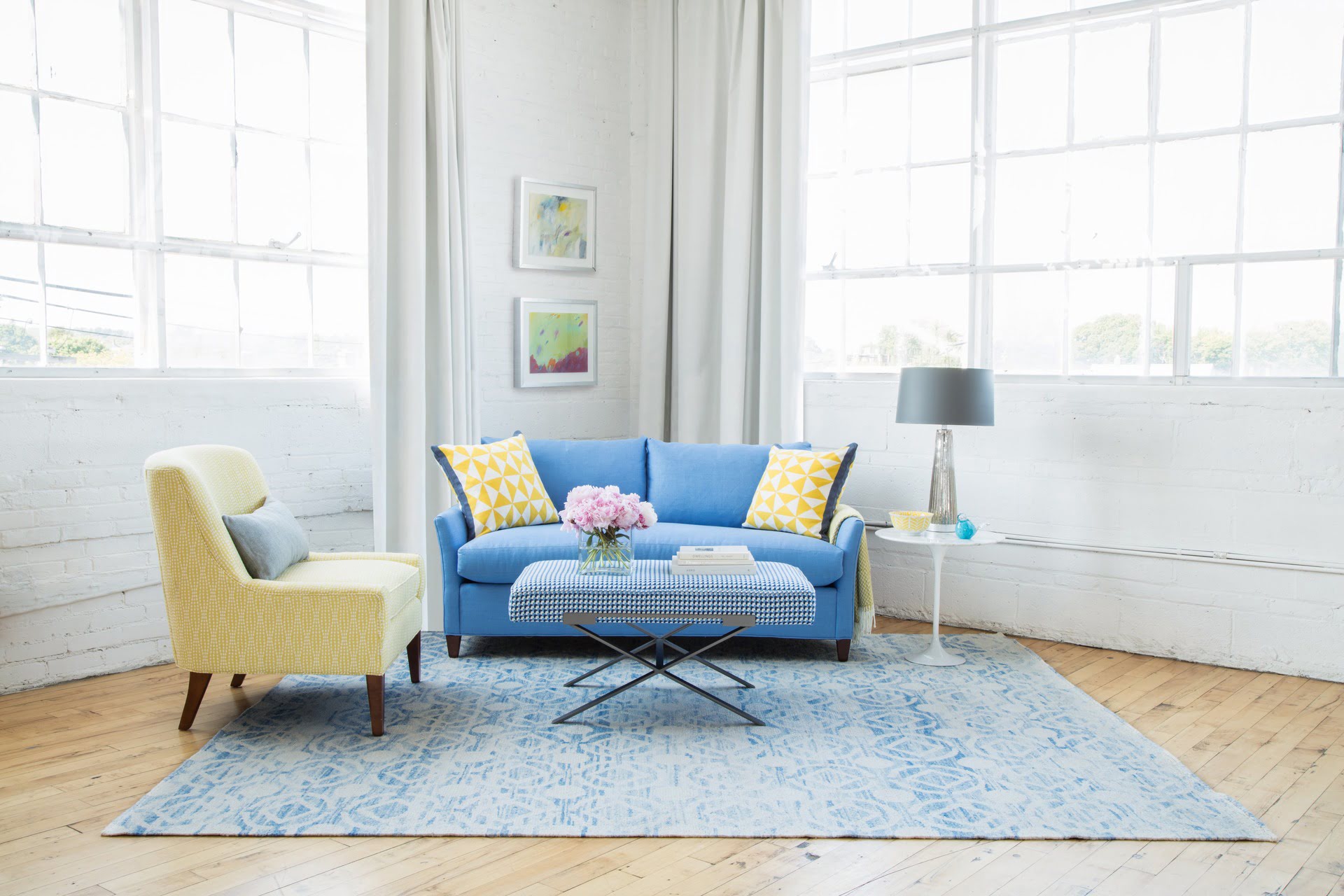
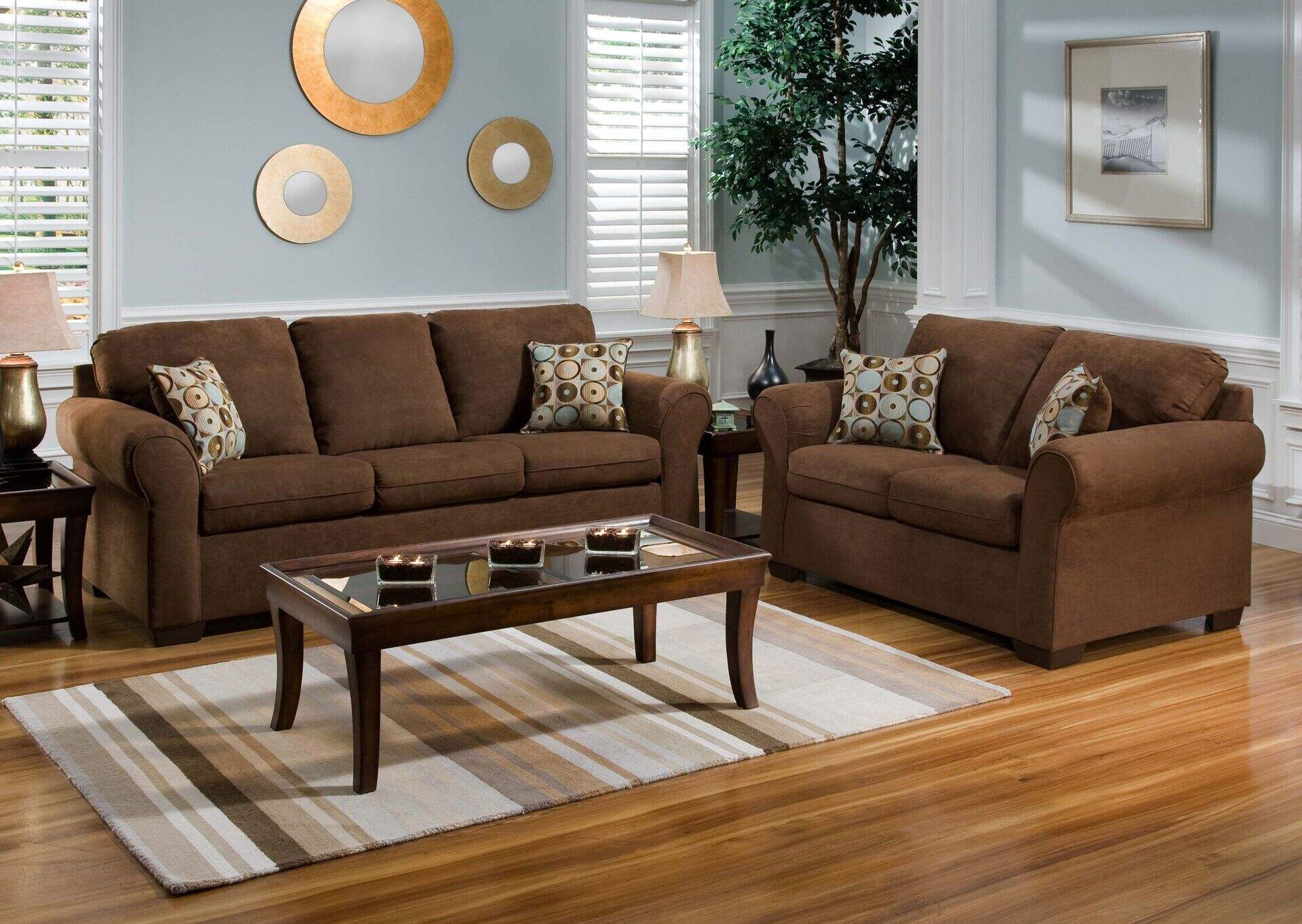
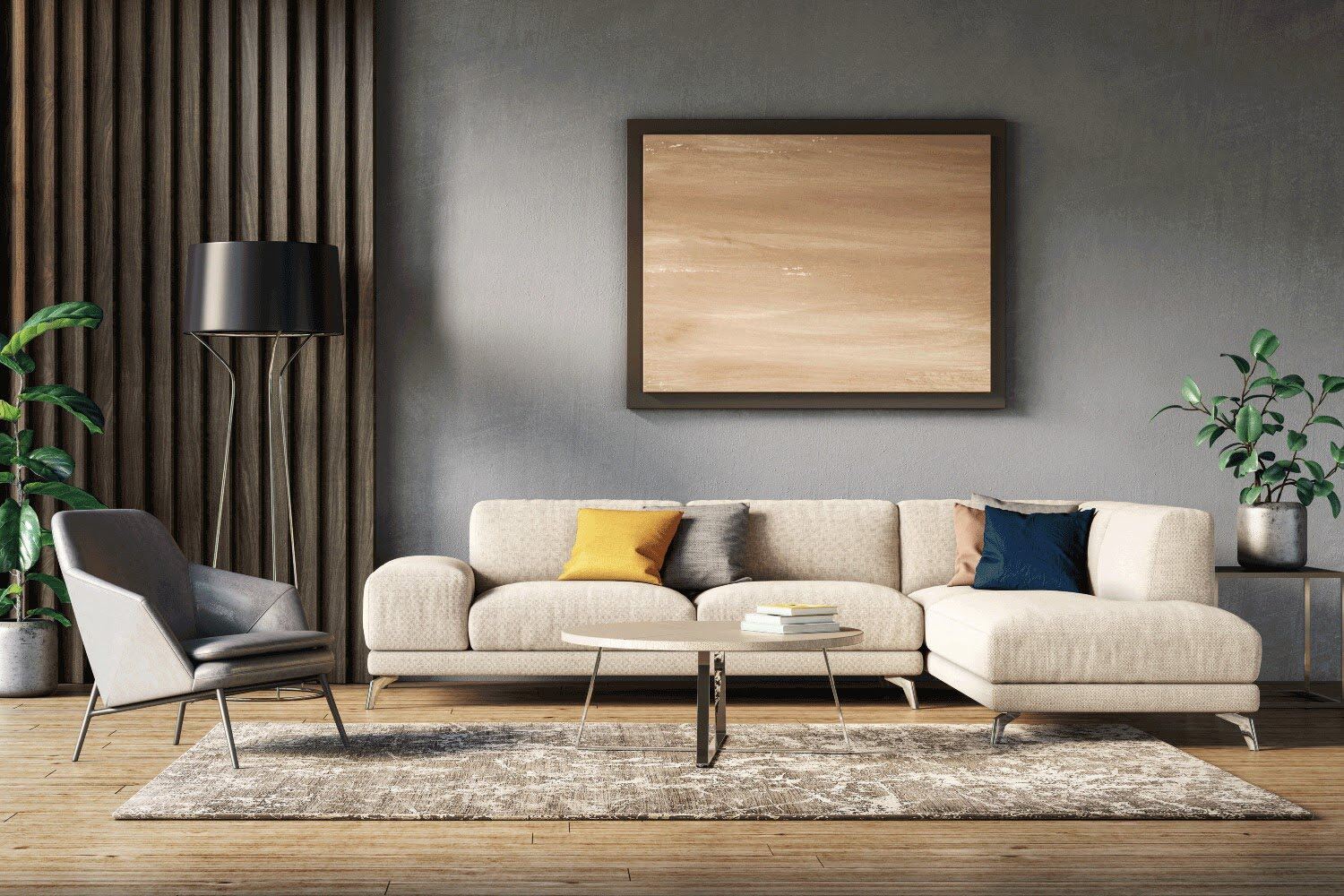
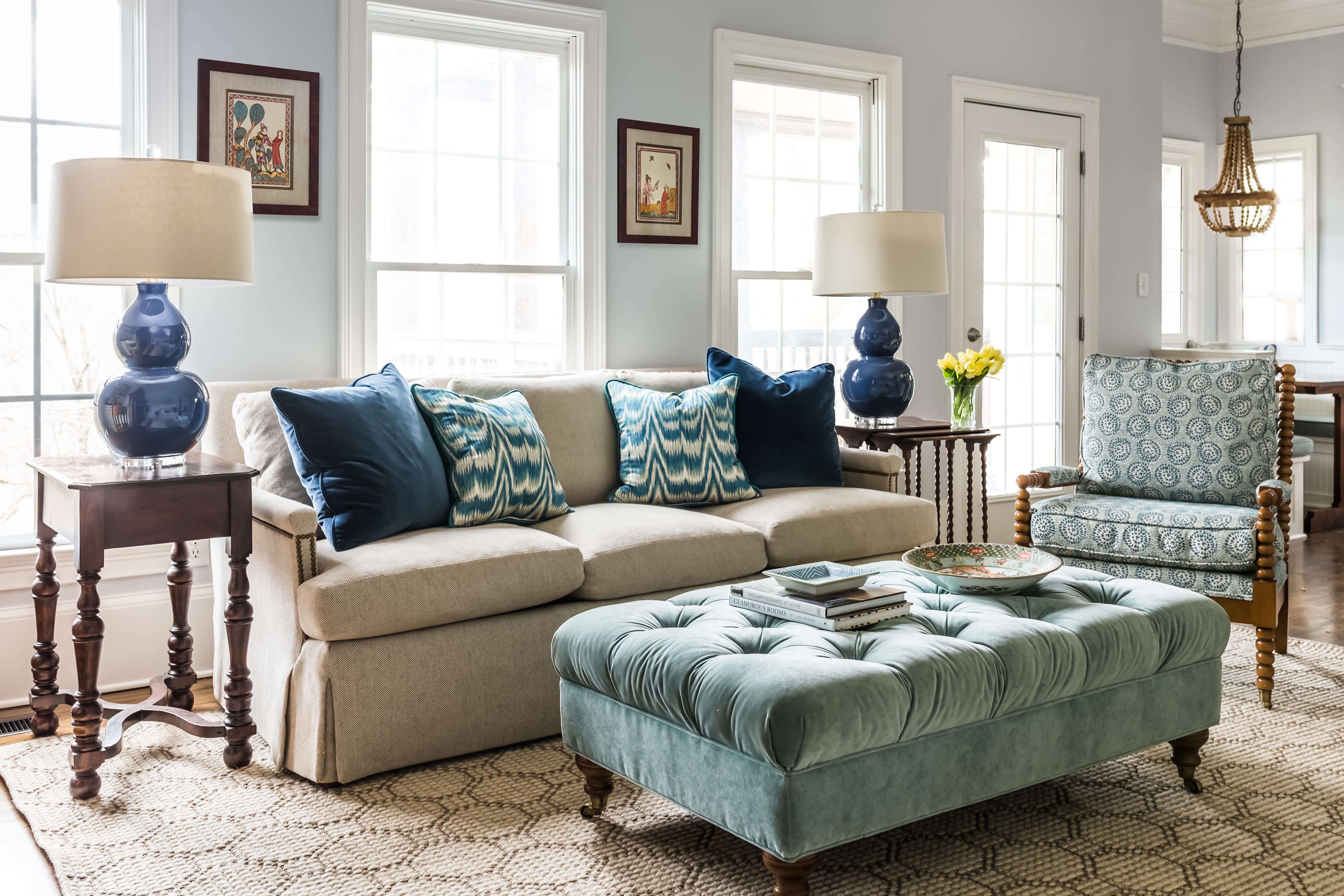
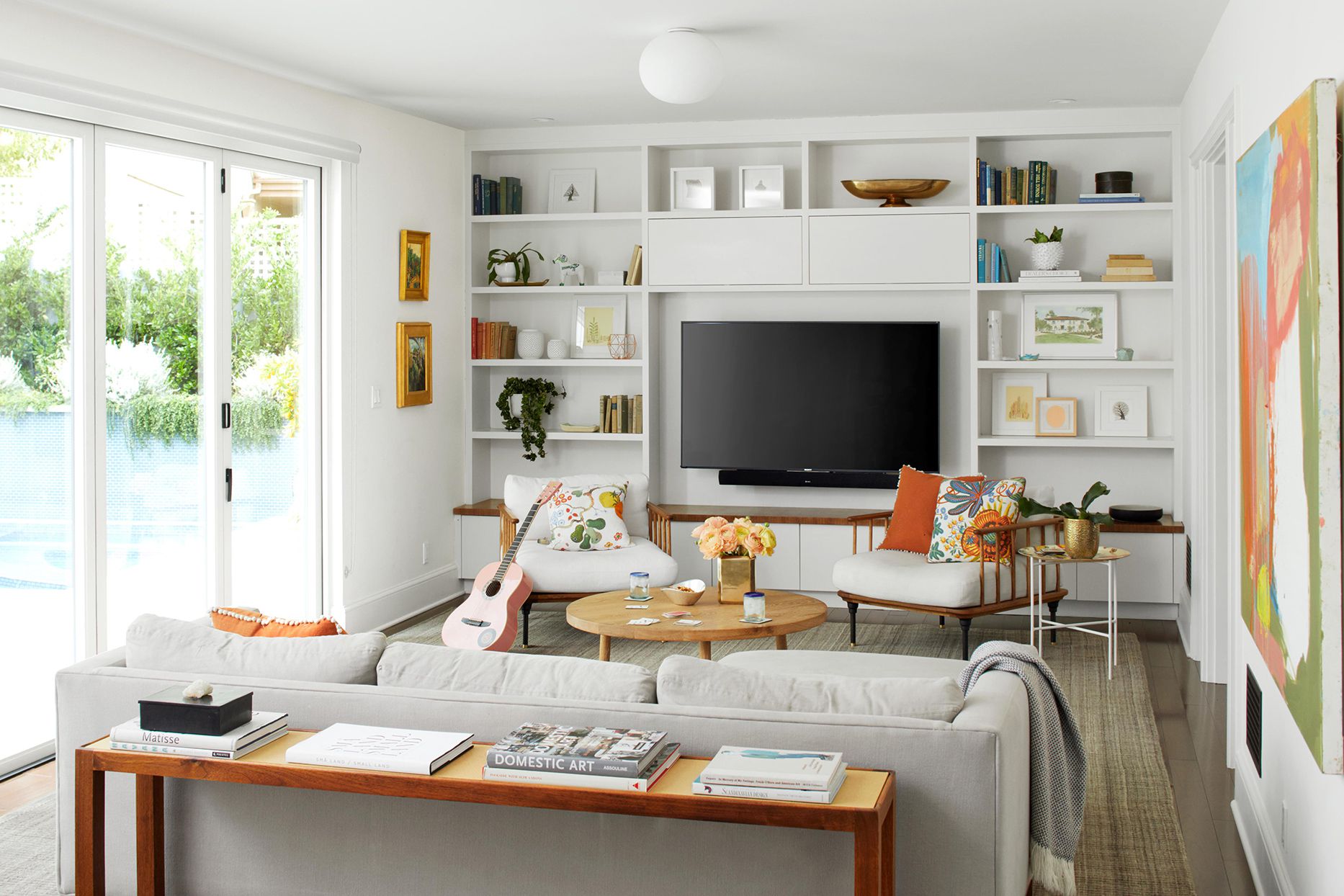
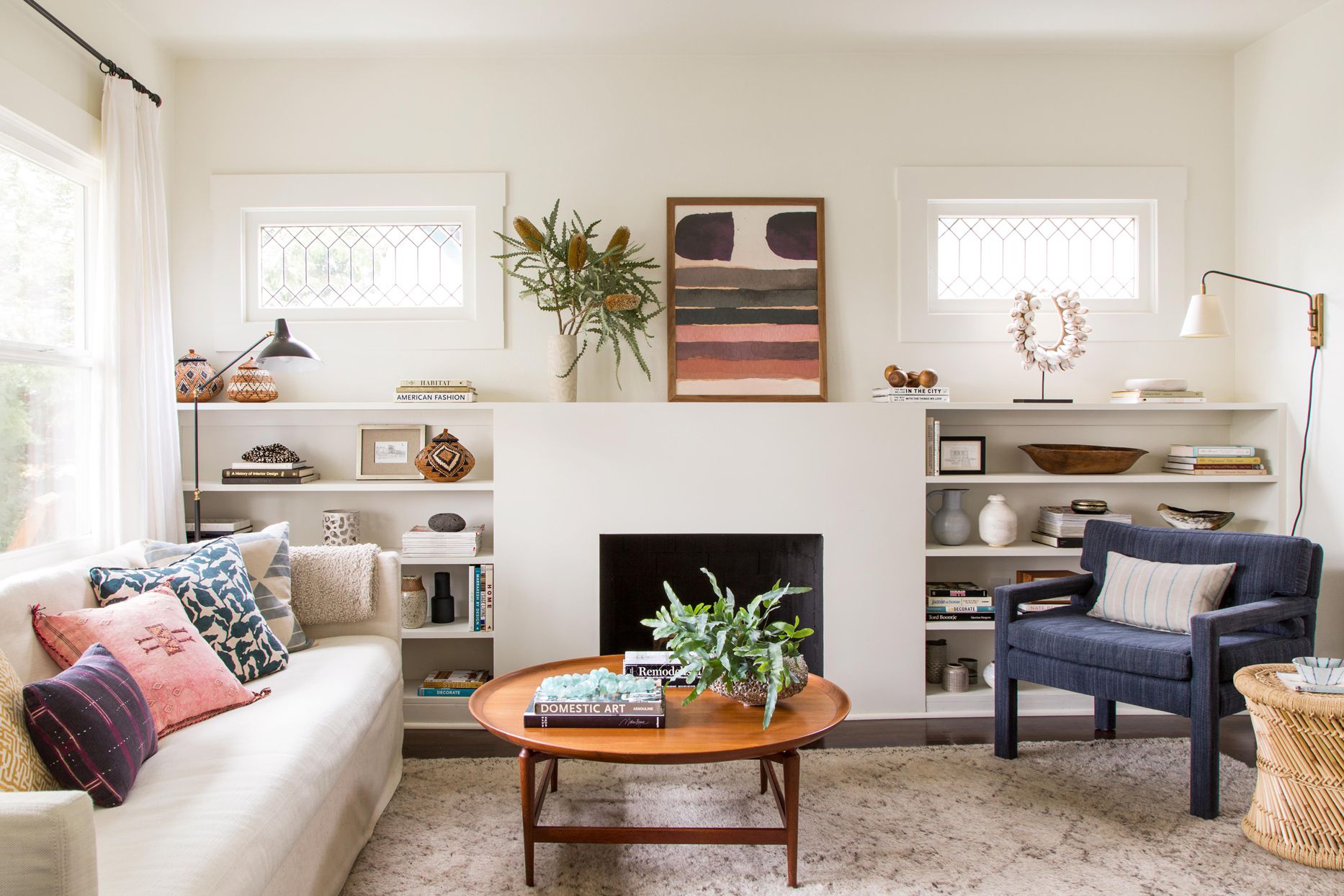
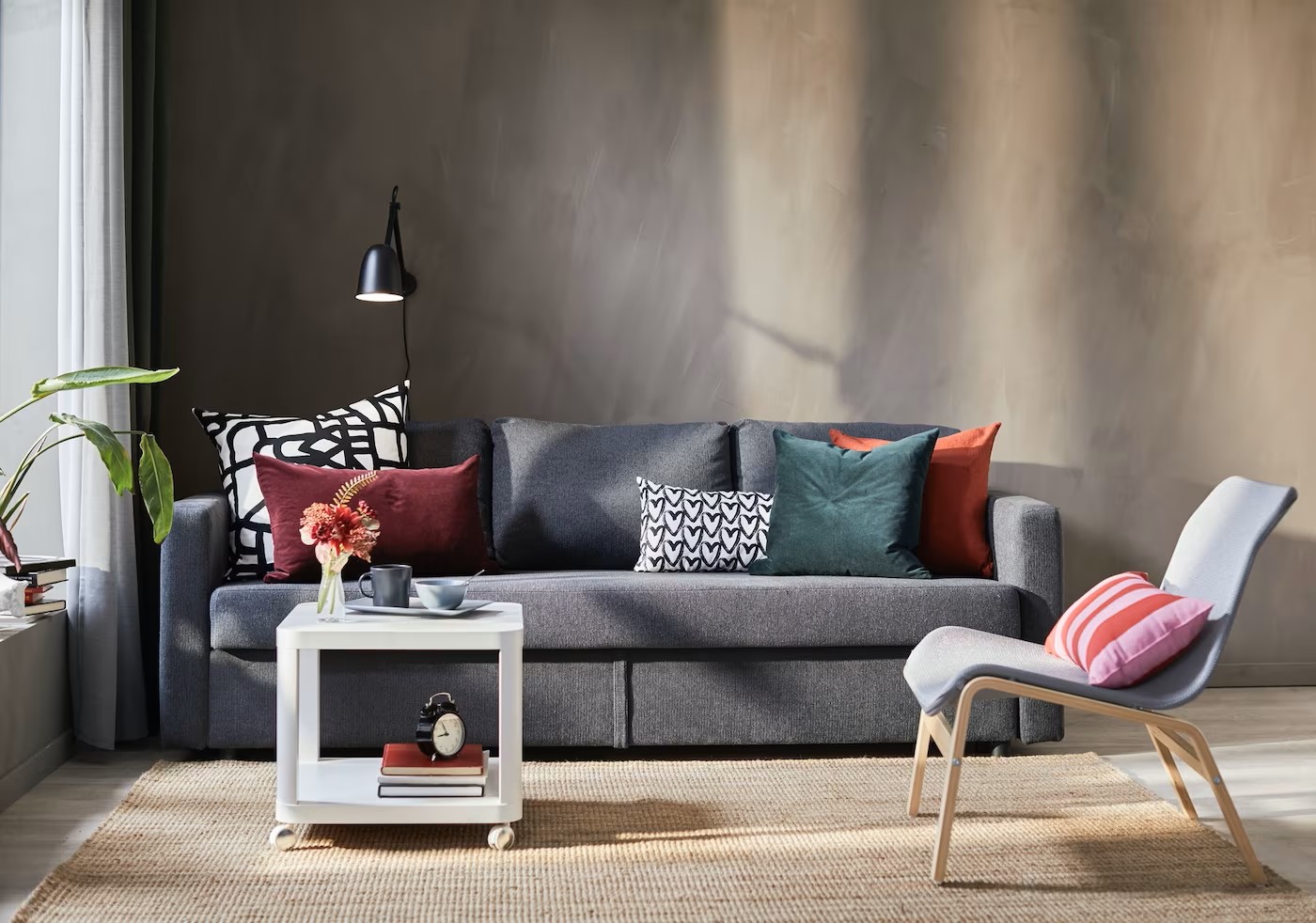
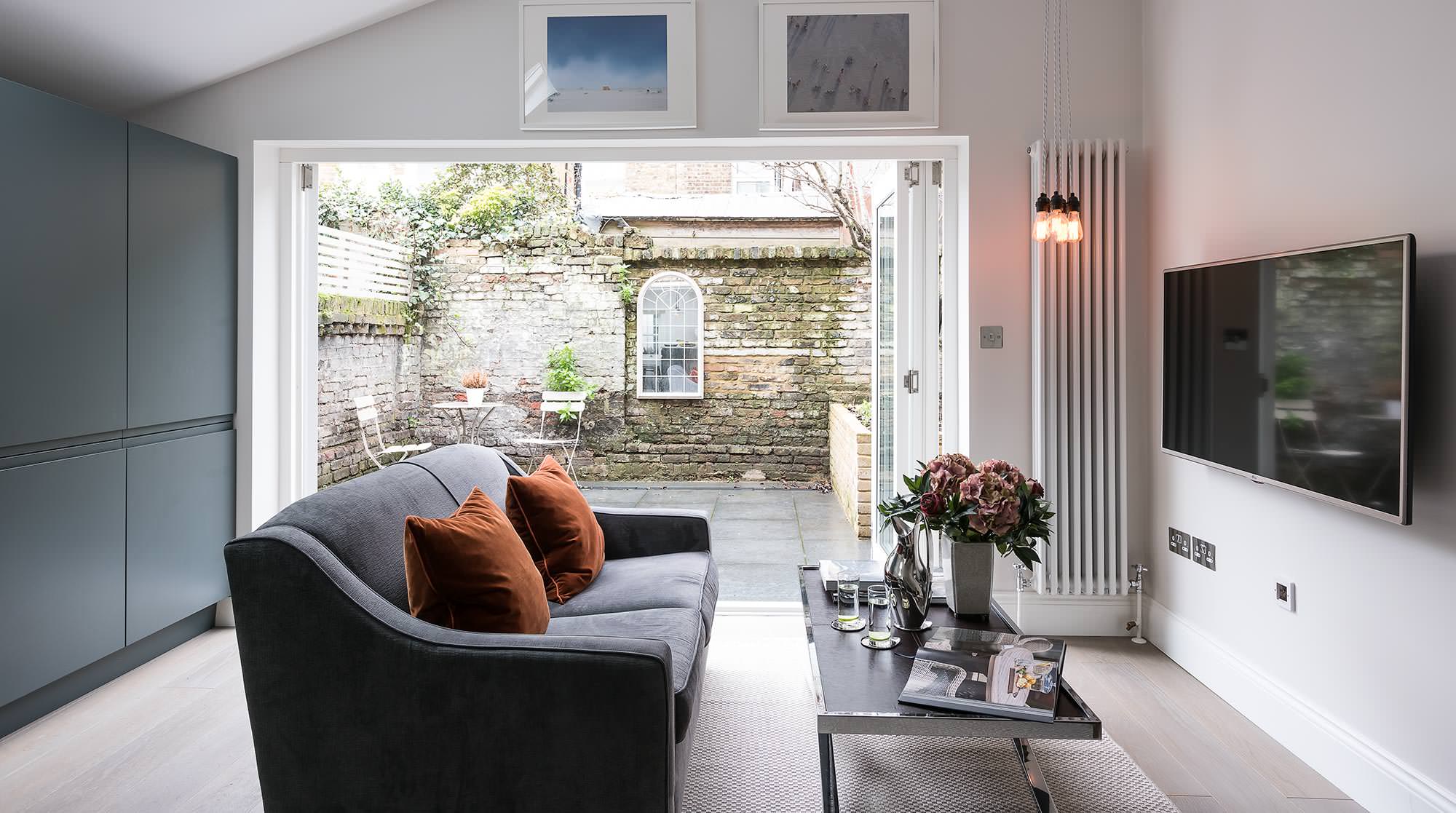
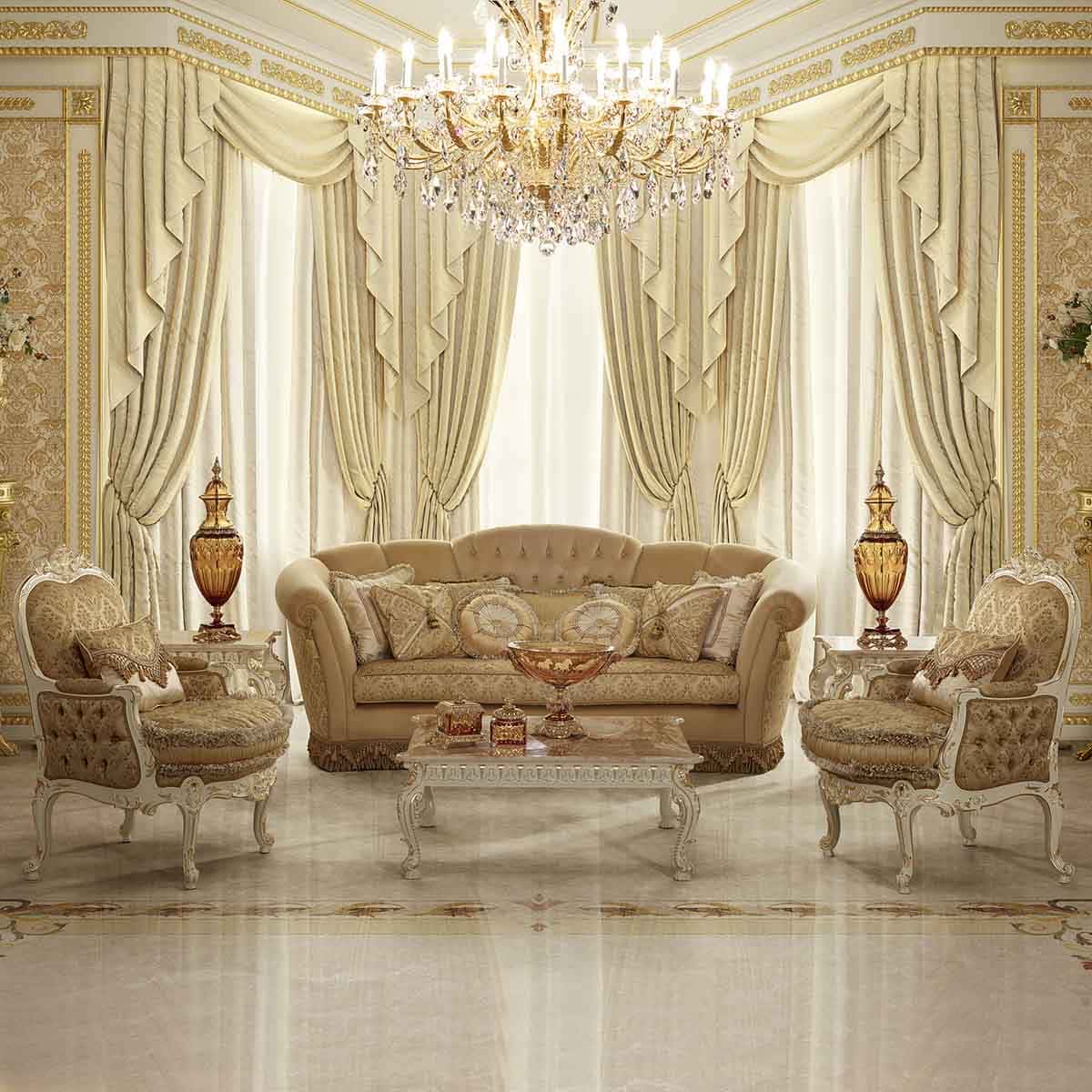
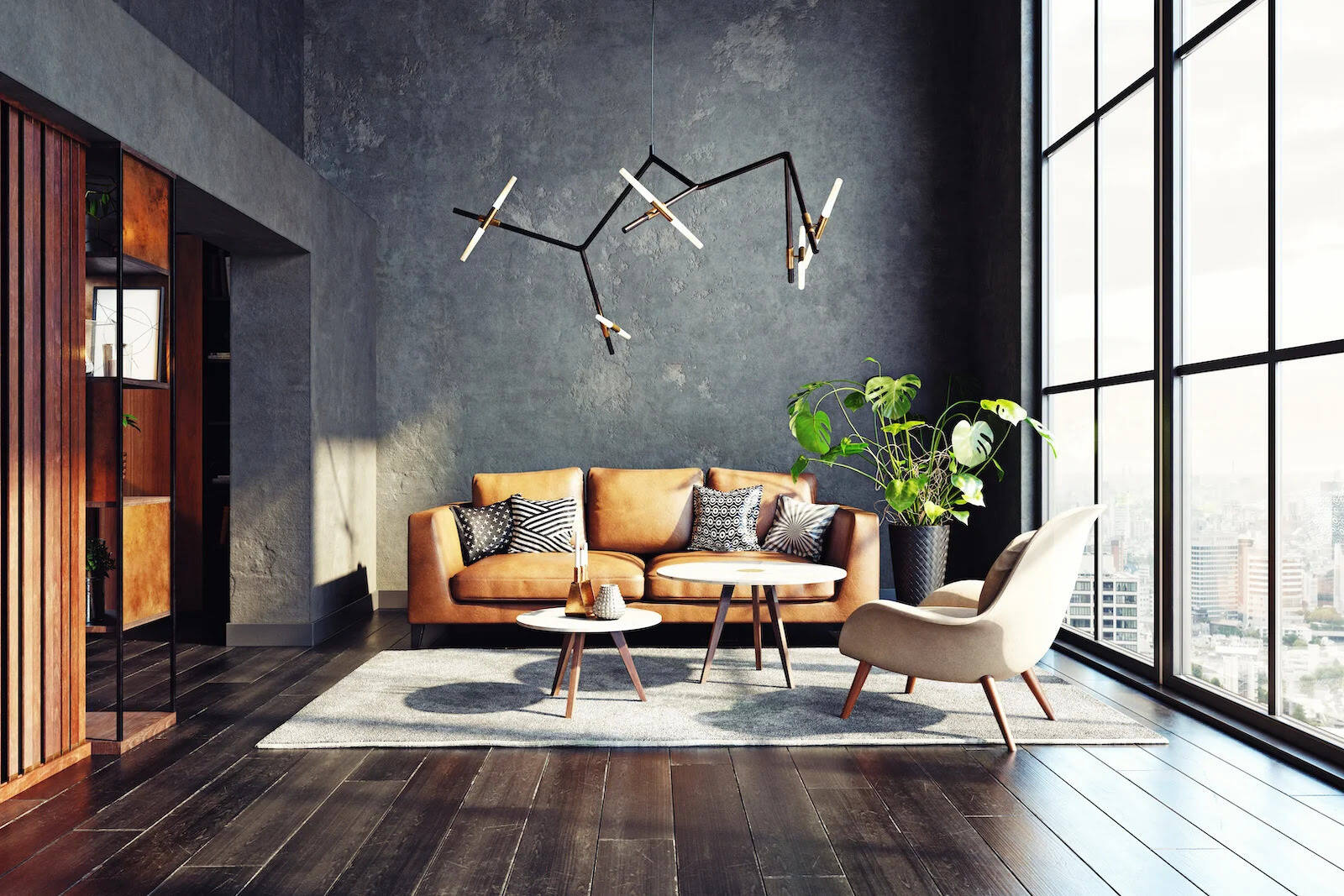
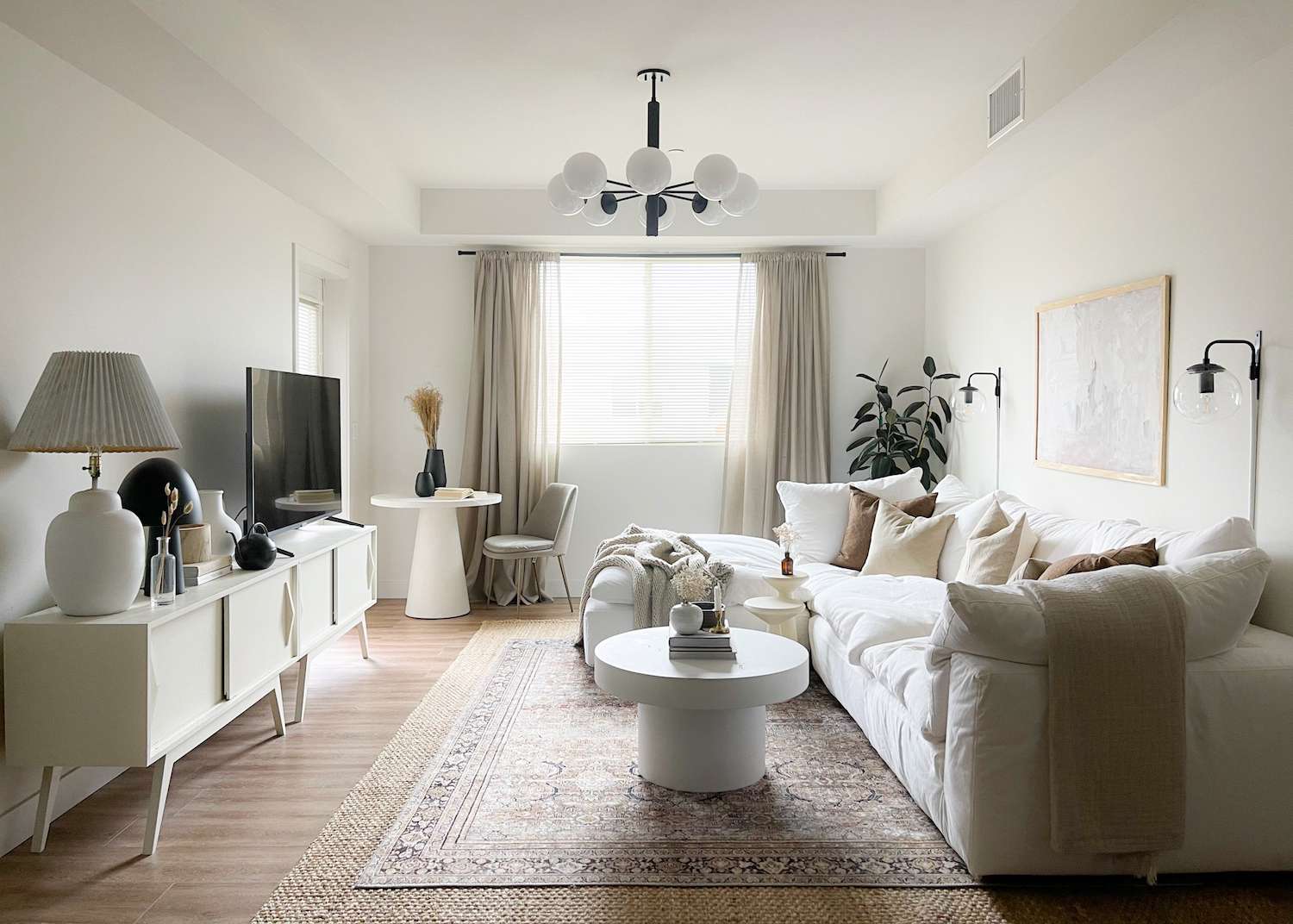
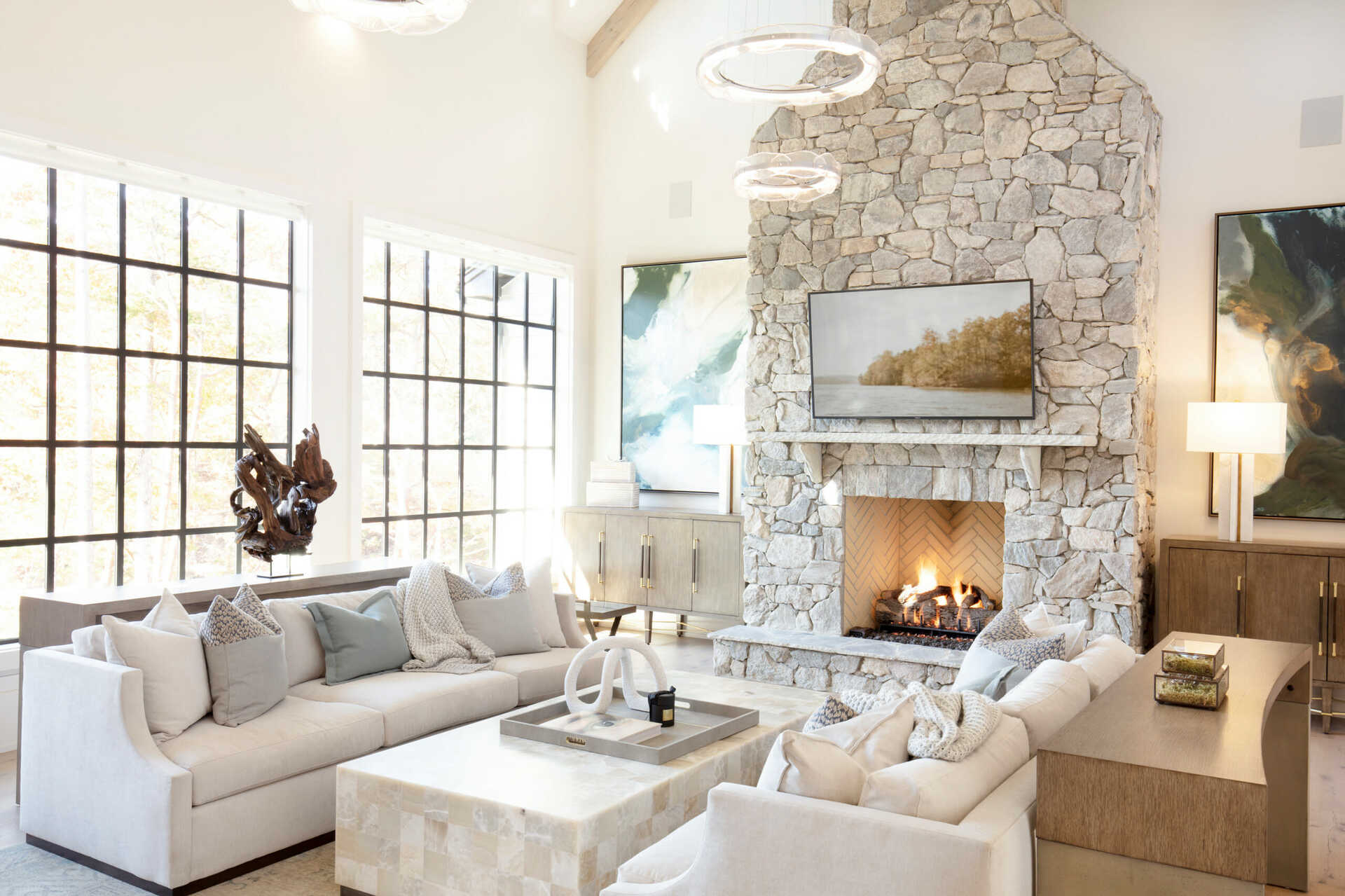

0 thoughts on “What Furniture Is Usually In A Living Room?”